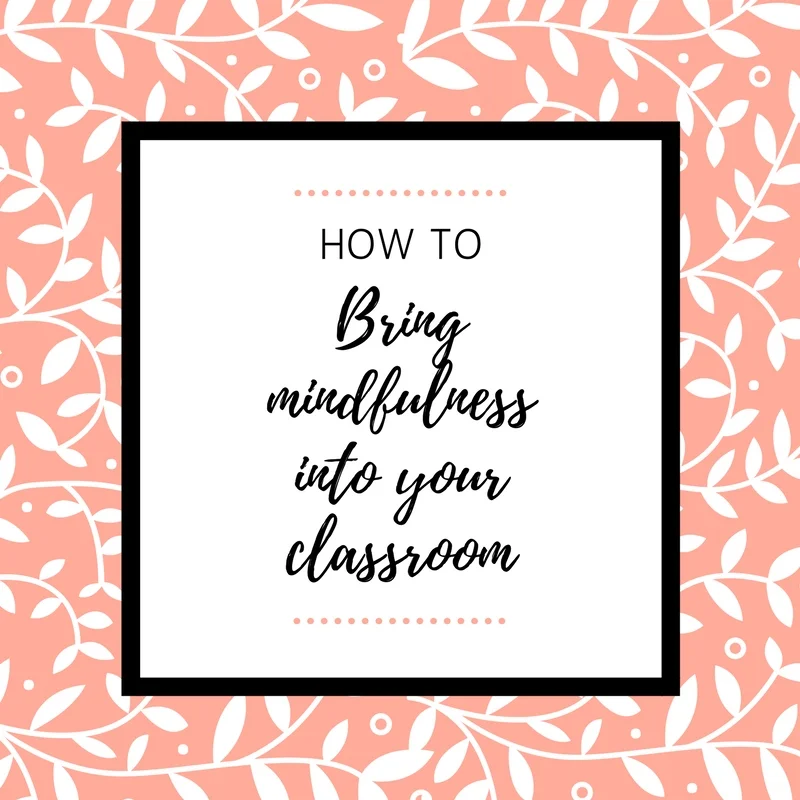how to bring mindfulness into your classroom
In this post I will explain why I think it’s becoming increasingly important to bring meditation into the classroom, tips on how to do it, benefits and some words of advice.
For more on bringing creative mindfulness into your class, click here
My story
As a private English teacher and founder of English & Yoga, I’ve been given the opportunity to utilize the 60 – 90 minutes with my students to not only teach English but cultivate the ability to know when they are getting bored, restless, overwhelmed. Most teachers are able to see this in their students, as teachers are a very special type of person. Because I’ve seen the incredible outcome in my students, I’m passionate about incorporating this in schools. To help teachers teach it, to help parents integrate it in their lives and bring this magic to as many kids in their early years as much as possible.
Why its important, especially these days
You are with these kids for up to 35 hours a week. You know them, you love them. Its why you’re a fantastic teacher. It is up to you, in this allotted timeframe you’re given, to help children make healthy decisions. To expand their minds. They are put under so much pressure these days. Extracurriculars, tests, social life, homework. Throw in screens, social media and cell phones and you’ve got yourself a crazy life for a child. Internet hadn’t even been invented when I was in middle school, so that was kinda nice. I still managed to find distractions, but nothing like what the kids are doin these days. They will never want to sit still. Hear their breath. Adults don’t like to either. That’s why its so important. Doing something when you least feel like doing it is when it’s the most beneficial!
Benefits
Mindfulness is meant to guide awareness towards thoughts and emotions.
Not to judge, not to react, but to be aware. Its not meant to control your mind, but to transform it.
It is the complete opposite of how their minds work in schools. Where all their energy and attention is directed towards maintaining information which is usually measured by tests, not their authentic and true expressions.
It’s a great launching pad to awareness, better focus and less distraction.
Tips on how to do it: ‘the magic moment’
Take the pressure off any outcome. First and foremost. Detaching from the idea that your class will be angels in the first few days is KEY.
Take your time. Practice patience. Stay compassionate. This is new to them too.
The first few times might take more than the time you’ve allotted for this. Getting them out of their chairs, changing the schedule a little bit. You know this, you’re an incredible teacher and the kids are accustomed to the timing and flow of your class.
A little precaution
By taking a playful and entertaining approach, you are less likely to have your class consider this punishment. Physically, there isn’t a huge different between time-out and meditating. You are still and quiet. If its made something that a child can opt in, it’s a great catalyst for introspection. It enhances self awareness. Even just a little bit goes a long way in the life of a child.
As soon as you’ve attached a purpose to mindfulness, improved academic performance, calming skills, compassion, you’ve created another activity to reach a goal, another thing on their “list”. This is the last place we want to go with this.
Never force it. These practices can be very intense, sometimes propelling anxiety, depression and negative thoughts to the surface. Be aware of where your students are starting from, and go from there. Use your intuition as the incredible teacher you are. Be discerning.
